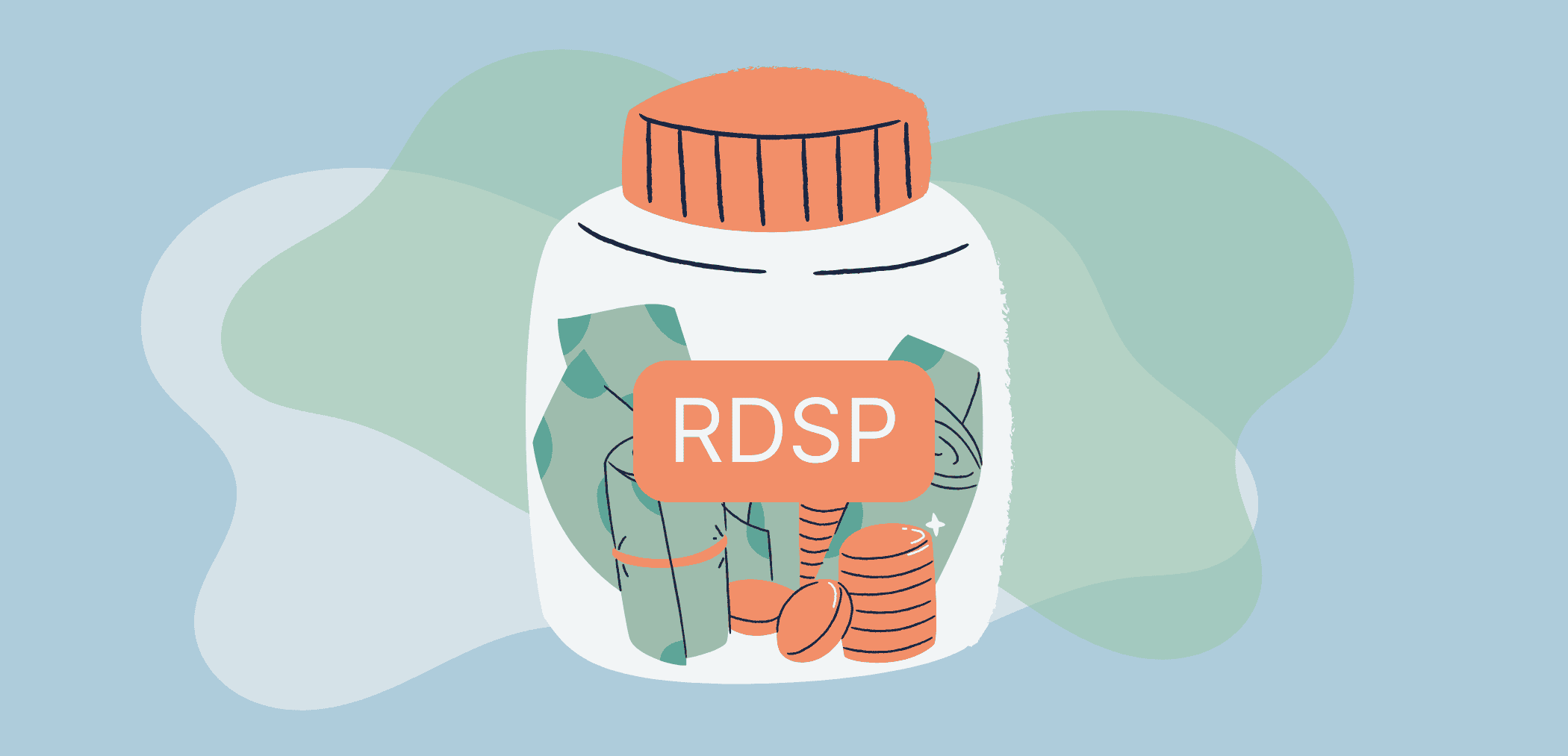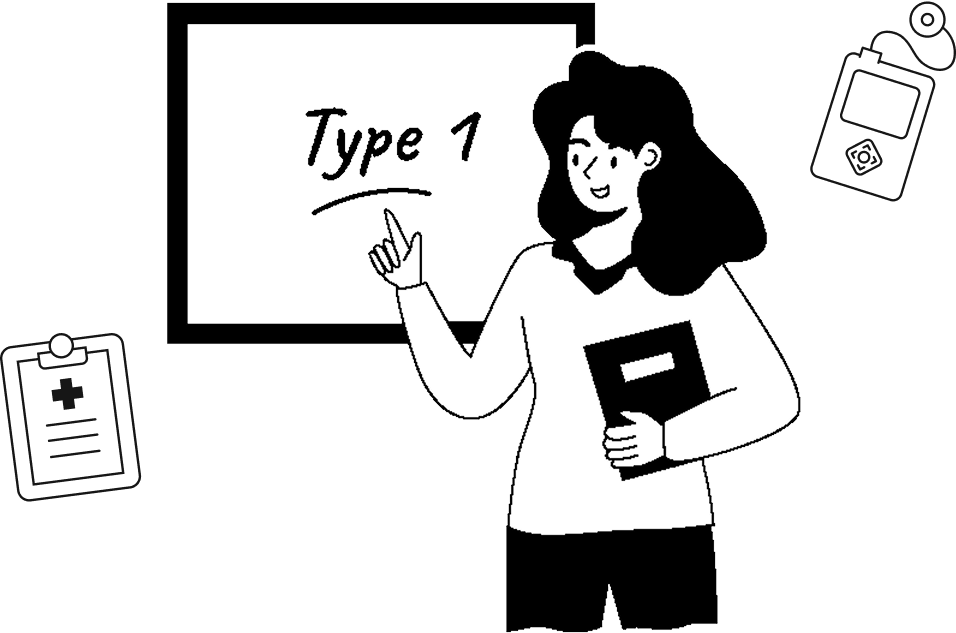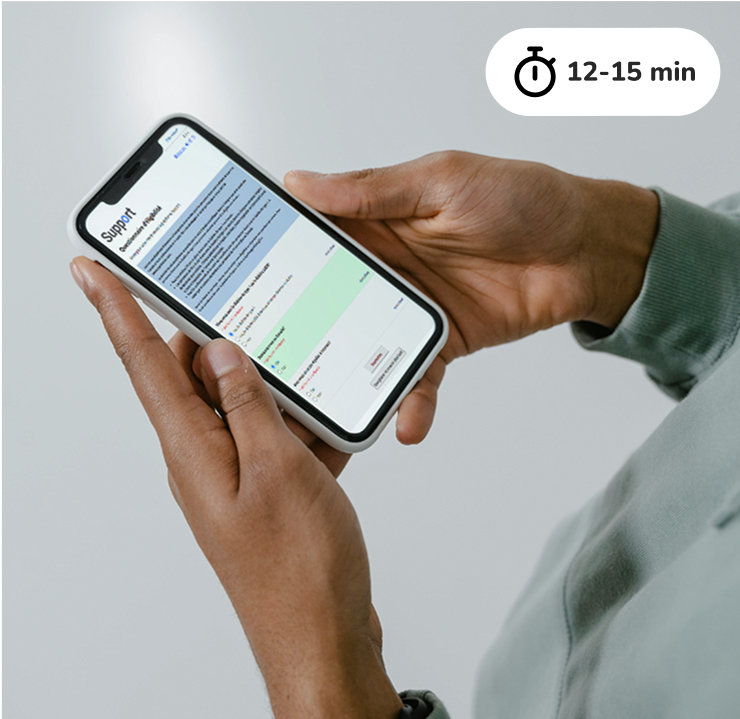Did you know that people with type 1 diabetes (T1D) have access to a very interesting long-term savings tool? The Registered Disability Savings Plan, or RDSP, is available to all Canadians who receive the Disability Tax Credit (DTC).
Contributions made to the RDSP allow the beneficiary to earn investment income and receive generous government grants, tax-free, as long as the funds remain in the plan. It provides financial security and well-being for people with disabilities. Yet, few people with T1D take advantage of it!
A profitable plan
Every dollar you invest in your RDSP can be tripled (and more!) by the Canadian government (depending on your income). There are two ways your contributions can be maximized:
- Canada disability savings grant
This grant is awarded by the Government of Canada in proportion to the contributions you make to your RDSP, up until December 31 of the year where you turn 49. It can be worth up to three times the amount you invest! You can receive up to $3,500 annually, up to a lifetime maximum of $70,000.
- Canada disability savings bond
This bond is available only to those with a low or average net income (less than or equal to $55,867 for 2024), whether the beneficiary contributes or not, until they turn 49. You could receive up to $1,000 annually, up to a lifetime maximum of $20,000.
Money for retirement
The RDSP is designed for long-term savings. Ideally, it is better to wait until you reach age 60 before withdrawing the money, in compliance with the 10-year waiting period after the last government subsidy is deposited (which occurs when the beneficiary turns 49). If you wish, you can withdraw money from your RDSP before then, but keep in mind that the government will take back triple the amount you withdrew in bonds and grants that did not remain in the account for at least 10 years.
Advice: seek good advice!
To open a RDSP and understand how it works, make an appointment with a financial advisor at a financial institution, specialized financial firm or credit union. Make sure to verify that the advisor or institution is authorized to practise in Canada.
To learn more about opening a RDSP (holders and beneficiaries), contributions or government grants and bonds, and to see example scenarios, view our module on savings and DT1, available on the SUPPORT self-training platform. Are you age 18 or over and living with T1D? Create a free account!
References:
- Government of Canada. What is a registered disability savings plan (RDSP). https://www.canada.ca/en/revenue-agency/services/tax/individuals/topics/registered-disability-savings-plan-rdsp.html
- Autorité des marchés financiers. RDSP – Registered Disability Savings Plan. https://lautorite.qc.ca/en/general-public/investments/saving-plans/rdsp-registered-disability-savings-plan

Written by: Nathalie Kinnard, scientific writer and research assistant
Reviewed by:
- Finandicap, a financial services firm specializing in support for individuals with disabilities and their families (in Quebec).
- Amélie Roy-Fleming, P. Dt., ÉAD, M.Sc.
- Sarah Haag, R.N., B.Sc.




